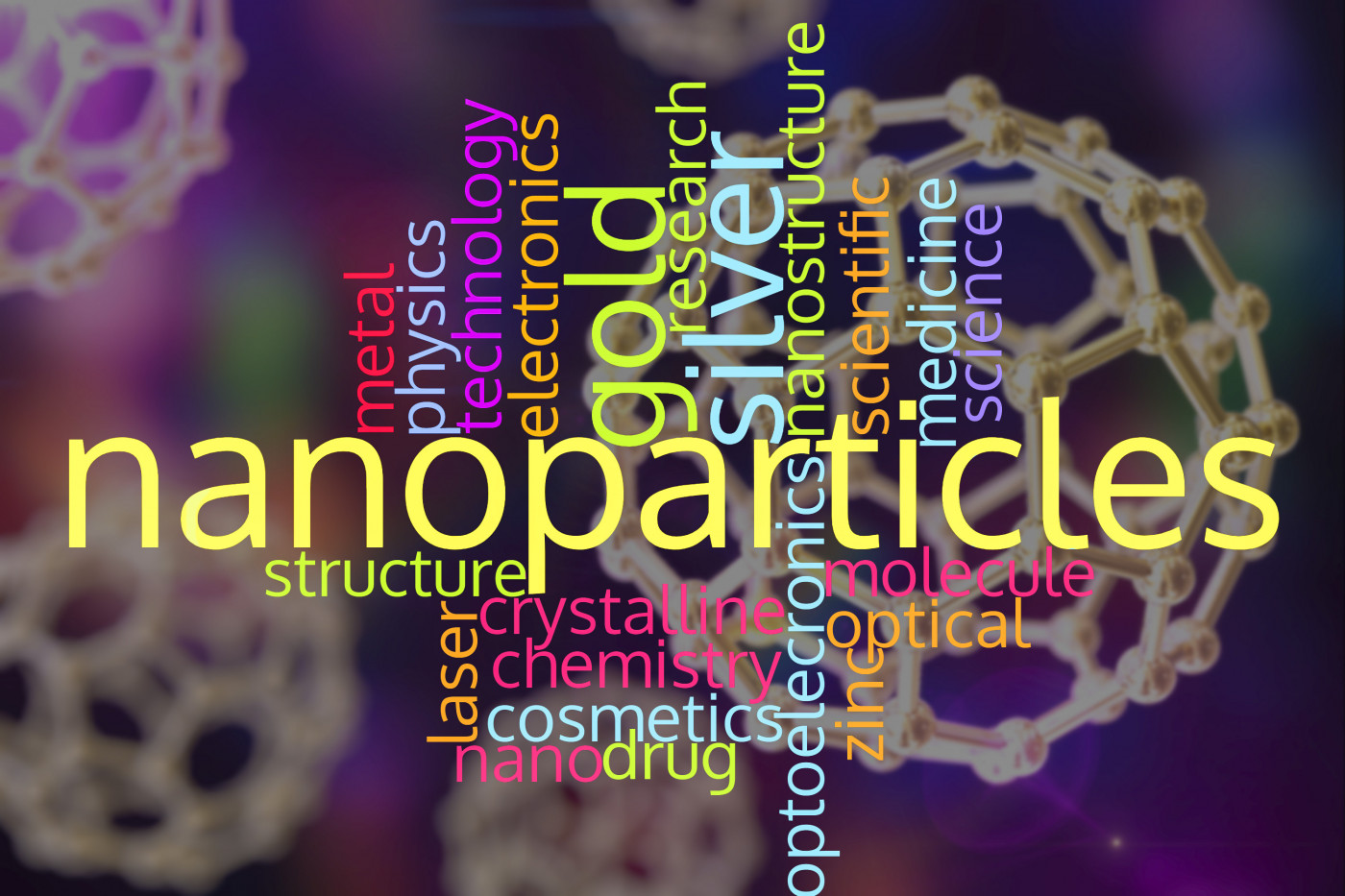Nanoparticles with Plant Sterols May Aid Gene Therapy for CF
Written by |

Tiny particles, or nanoparticles, work better as transport and delivery vehicles for the RNA molecules central to some forms of gene therapy when plant-based relatives of cholesterol, called phytosterols, are included, scientists report.
These findings are in the study, “Naturally-occurring cholesterol analogues in lipid nanoparticles induce polymorphic shape and enhance intracellular delivery of mRNA,” published in the journal Nature Communications.
The advent of RNA-based therapies may revolutionize treatment for many genetic disorders for which standard pharmacological treatments are less effective. Some of these treatments use special nanoparticles made up of lipids (fatty molecules) that encapsulate, protect, transport, and deliver RNA molecules to cells. (RNA is the template cells use to make proteins.)
One such therapy is being developed by Gaurav Sahay, PhD, and colleagues at Oregon State University (OSU) and Oregon Health & Science University (OHSU) as a potential treatment of cystic fibrosis (CF).
CF is caused by mutations in the CFTR gene, which provides instructions to make a protein called cystic fibrosis transmembrane conductance regulator (CFTR). This protein works as a channel that transports molecules, such as chloride and water, in and out of cells. Mutations can lead to its premature degradation, or prevent the CFTR protein from reaching the cell membrane and working as it should.
The idea behind Sahay’s experimental CF therapy is to load specialized nanoparticles with the RNA containing the information to make a functional CFTR protein. After being inhaled, these nanoparticles would then transport and deliver this RNA to cells in patients’ lungs, restoring the production of the CFTR protein, as well the transport of compounds in and out of cells.
Working with investigators at Duke University and Moderna Therapeutics, Sahay and his team now discovered that the composition of these specialized nanoparticles can be tweaked to improve their ability to transport and deliver RNA molecules to cells.
Specifically, they found that incorporating phytosterols — found in plant cell membranes and similar in ways to cholesterol — made nanoparticles more stable and effective transport vehicles.
According to the researchers, this happens because phytosterols can change the shape of these nanoparticles from spherical to polyhedral, making them more ergonomic and able to move faster. This change is important, because once inside cells, nanoparticles need maneuverability to reach the cell’s cytosol — the liquid-like substance that fills the interior of cells — where RNA molecules must be delivered to perform their intended function.
Their experiments showed that compared to spherical nanoparticles, those containing phytosterols had higher cellular uptake, retention, and diffusivity (ability to spread). All of these features contribute to increase their ability to transport and deliver their content to its intended location.
“One of the biggest challenges in the delivery of genes is that less than 2% of the nanoparticles reach the cytosol,” Sahay, an assistant professor of pharmaceutical sciences in the OSU College of Pharmacy, said in a university news story.
“If you up the dose to get more genes there, now you have problems with toxicity, plus the cost goes higher. But the nanoparticles’ shape changes because of these naturally occurring cholesterol analogs, and the new shape helps them deliver genes better. The analogs boost gene delivery 10-fold and sometimes 200-fold,” Sahay added.
Modified nanoparticles containing phytosterols are used in Onpattro (patisiran), an RNA-targeted therapy by Alnylam Pharmaceuticals that is approved to treat familial amyloid polyneuropathy (FAP), a type of amyloidosis caused by the buildup of the protein transthyretin in different tissues and organs.
Sahay and his team now plan to create inhalable nanoparticles containing phytosterols to use in their investigational therapy for CF, confident the modified nanoparticles will increase the therapy’s effectiveness.
The Cystic Fibrosis Foundation (CFF) awarded Sahay an $800,000 grant to support this work. Other sources of support include the National Heart, Lung and Blood Institute, the National Institute of Biomedical Imaging and Bioengineering, and Moderna Therapeutics.






